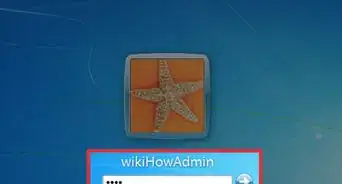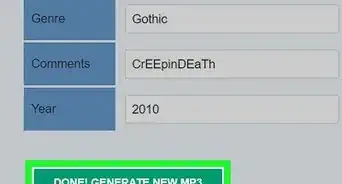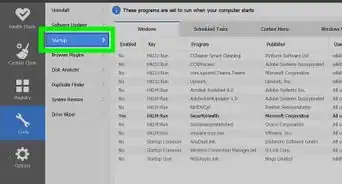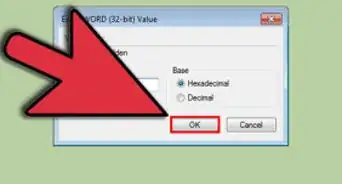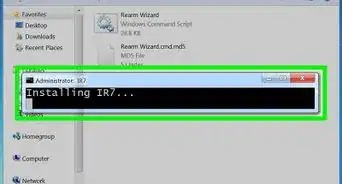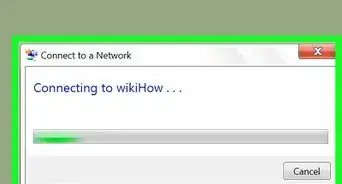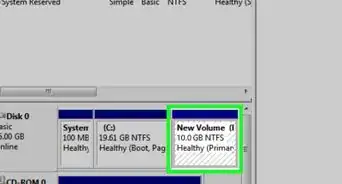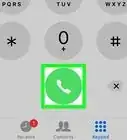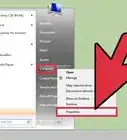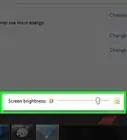This article was co-authored by Scott St Gelais. Scott St Gelais is an IT Consultant and the Owner of Geeks in Phoenix, Arizona. With over two decades of experience, Scott specializes in computer service and repair, development, computer graphics, and website authoring. Scott received his Technical Associates Degree from High Tech Institute and completed the IT Support Professional Certificate by Google. Geeks in Phoenix is a member of the Microsoft Partner Network and an Intel Technology Provider Gold Partner.
The wikiHow Tech Team also followed the article's instructions and verified that they work.
This article has been viewed 702,469 times.
Windows 7 allows you to change the display language for most of the interface. The process is fairly straightforward and the most comprehensive if you have Windows 7 Ultimate or Enterprise. If you are using Windows 7 Starter, Basic, or Home, you can install Language Interface Packs, which translate the most-used elements into your chosen language. You can also change the keyboard input language so that you can easily type in other languages.
Steps
Display Language (Ultimate and Enterprise)
-
1Open the Control Panel. If you are using Windows 7 Ultimate or Enterprise, you can install language packs that translate most of the Windows interface. These are only available for Ultimate and Enterprise. If you are using Starter, Basic, or Home, you can install Language Interface Packs (LIPs).[1] These translate parts of the interface, and require a base language installed. See the next section for details.
- You can open the Control Panel from the Start menu.
-
2Click the "View by" menu and select "Large icons" or "Small icons". This will allow you to quickly access any Control Panel option.Advertisement
-
3Select Windows Update. You can use the Windows Update tool to download any of the available language packs.
-
4Click the "# optional updates are available" link. If the link is not there, click "Check for updates".
-
5Check the box for the language you want to download. After selecting the language, click OK.
-
6Click the .Install updates. You may be prompted by UAC to continue, and you may be asked to input the administrator password.
- It may take a few minutes for the language pack to download.
-
7Return to the Control Panel and select "Region and Language". Select the Keyboards and Language tab.
-
8
-
9Click .Apply and then Log off now to log out. Your changes will be applied when you log back into Windows.
-
10Change your system locale if the language is not displaying in some programs. Some programs may not display your new language until you change your system locale settings to match that region.
- Open the Control Panel and select "Region and Language".
- Click the Administrative tab and click Change system locale.
- Select the language you've just installed and click OK. You'll be prompted to restart your computer.[4]
Display Language (Any Version)
-
1Understand the difference between language packs and Language Interface Packs (LIPs). Traditional language packs translate the majority of the UI elements, and are only available to Ultimate and Enterprise users (see the above section). For everyone else, there are LIPs. These are smaller packs that translate the most-used parts of the interface. They require a base-language installed, since not everything is translated.[5]
-
2Visit the LIP download page. You can browse through all of the available LIPs here.
-
3Check the requirements. The third column of the table will let you know what base language the LIP requires, as well as what versions of Windows it works with.
- If the LIP requires Ultimate or Enterprise, you'll need to upgrade your copy of Windows to change the language.
-
4Click the "Get it now" link. This will open the page for the language you've selected. The page will be displayed in that language.
-
5Click the "Download" button. This will open a new window displaying the language files.
-
6Select the appropriate file for your computer. You will have the option to choose between a 32-bit or a 64-bit file. You can find the version that you have by opening the Start menu, right-clicking "Computer", and selecting "Properties". Look for the "System type" entry.
-
7Check the box for the file and then click the "Download" button. The LIP file will be downloaded to your Downloads folder.
-
8Double-click the downloaded file. This will open the language installer with your new language automatically selected. Click Next to start the installation.
- You'll be asked to read and accept the Microsoft terms before the language is installed.
-
9Review the ReadMe file. The ReadMe file for the language you select will be displayed before it is installed. You usually don't need to review this, but it may contain information about known issues or compatibility problems.
-
10Wait for the language to install. This may take a few moments.
-
11Select and apply your new language. After the installation is complete, you'll see a list of all of your installed languages. Select your newly-installed language and click Change display language.
- If you want the Welcome screen to change, as well as any system accounts, check the box beneath the list of languages.
-
12Log out to complete the change. You will be prompted to log out in order for your new language to be applied. When you log back in, Windows will be using the new language. Anything that isn't translated with the LIP will be displayed in the base language.
-
13Set a new system locale if some programs don't recognize the new language. Some programs designed for certain languages will only display the language if the system is set to that region.
- Click the Start menu and open the Control Panel.
- Open the "Region and Language" option.
- Click the Administrative tab and then click Change system locale.
- Select the language that you just installed, and reboot your computer when prompted.
Input Language
-
1Open the Control Panel. You can add additional keyboard layouts to your Windows installation that will allow you to type in different languages.
-
2Click the "View by" drop-down menu and select "Large icons" or "Small icons". This will make it easier to find the correct option.
-
3Select "Region and Language" and then click the .Keyboards and Languages tab. Click the Change keyboards... button.[6]
-
4Click .Add to install another language. A list of available languages will appear.
-
5Select the keyboard language you want to install. Expand the language, and then expand the "Keyboard" option. Select the specific form of that language that you want by checking the box. Click OK to add the language.
- Languages will have multiple options if different regions speak different dialects.
-
6Switch between languages using the Language bar. This is located in the taskbar, to the left of the System Tray and clock.[7] The abbreviation for the active language will be displayed. Clicking the abbreviation will allow you to switch between your different input methods.
- You can also press ⊞ Win+Space to cycle through the installed languages.
- If you can't find the Language bar, right-click on the taskbar, select "Toolbars", and then click "Language bar"
Community Q&A
-
QuestionI lost my MSN homepage for news, and it is now in Japanese. How do I get the English version for the USA back again?
 Community AnswerClick the Settings wheel in the top right corner and select Options to open the Outlook.com Mail settings. Here, under General, you will see the setting to change Region & Time Zone; you'll find the setting to change the Language there as well.
Community AnswerClick the Settings wheel in the top right corner and select Options to open the Outlook.com Mail settings. Here, under General, you will see the setting to change Region & Time Zone; you'll find the setting to change the Language there as well. -
QuestionWhat If l can't read German?
 The coding catCommunity AnswerIf you cannot read the language displayed on screen, use a translating app until you get to the language settings.
The coding catCommunity AnswerIf you cannot read the language displayed on screen, use a translating app until you get to the language settings. -
QuestionI tried to change the language of a Windows 7, which is Arabic. I tried the first method seeing the pics but it didn't work. The whole system is in Arabic so I cant understand a single word.
 The coding catCommunity AnswerIf you cannot understand the language your machine is displaying, use a translating app until you can change the language.
The coding catCommunity AnswerIf you cannot understand the language your machine is displaying, use a translating app until you can change the language.
References
- ↑ Scott St Gelais. IT Consultant. Expert Interview. 27 July 2021.
- ↑ Scott St Gelais. IT Consultant. Expert Interview. 27 July 2021.
- ↑ http://www.sevenforums.com/tutorials/87317-display-language-change.html
- ↑ http://windows.microsoft.com/en-us/windows/change-system-locale#1TC=windows-7
- ↑ http://windows.microsoft.com/en-us/windows/how-get-additional-display-languages#how-get-additional-display-languages=windows-7
- ↑ Scott St Gelais. IT Consultant. Expert Interview. 27 July 2021.
- ↑ Scott St Gelais. IT Consultant. Expert Interview. 27 July 2021.
About This Article
To change the display language on Windows 7, open the Control Panel, and change the view to Large icons. Click the Region and Language icon and select a language from the menu. If you don't see what you're looking for, click the Install/uninstall languages button to add it to the list. Once the language is selected, click Apply, and then follow the on-screen instructions to log out and back into Windows 7 with the new language. If you don't see the correct language, return to the Region and Language panel, select Administrative, and then click Change system locale. Select your language and reboot when prompted. To change the keyboard or input language, open the Control Panel and change the view to Large icons. Click the Region and Language icon. On the Keyboard and Languages tab, click the Change keyboards button, and click Add to install another language. Check the box next to the language you want to install, and then click OK to install it. You can now switch between input languages using the taskbar language menu near the bottom-right corner of the screen.




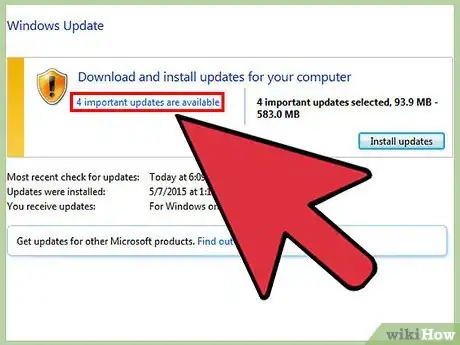
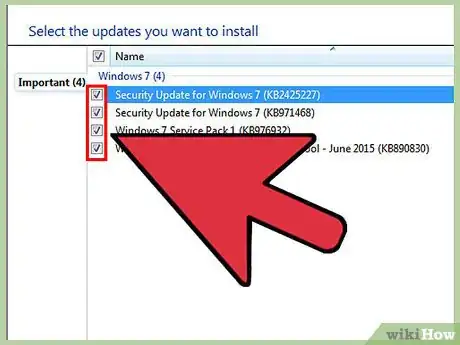
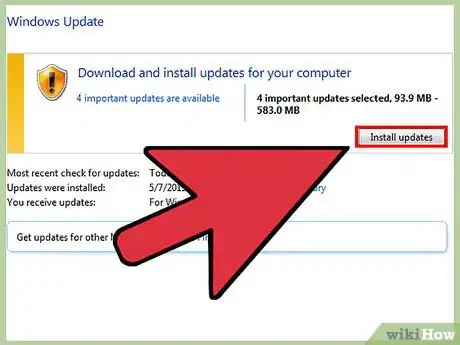
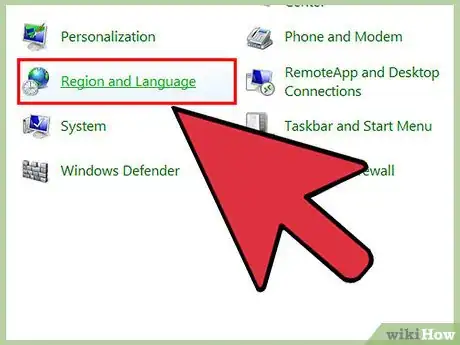


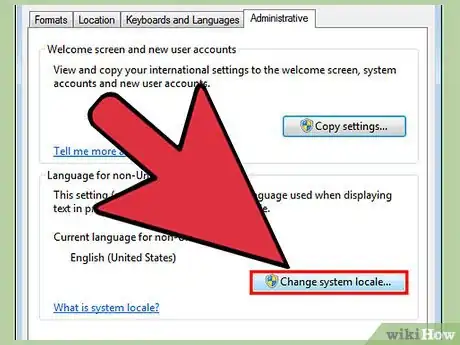


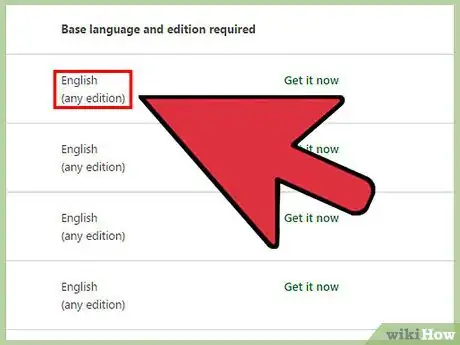
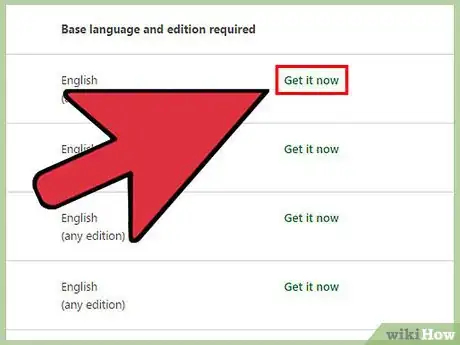
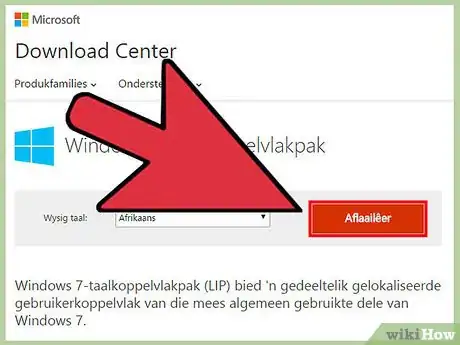
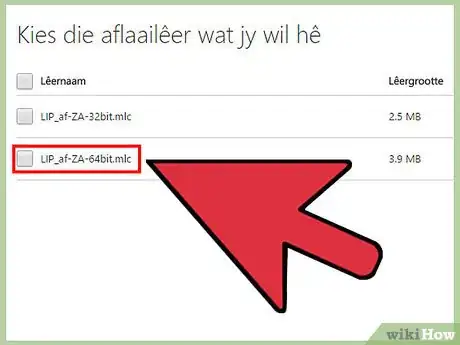

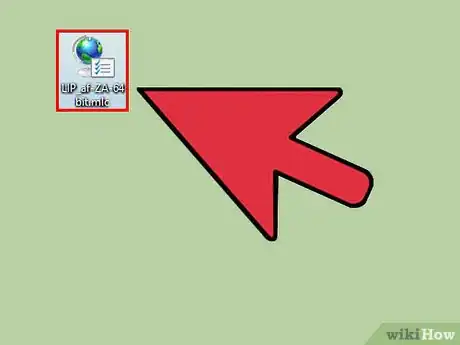


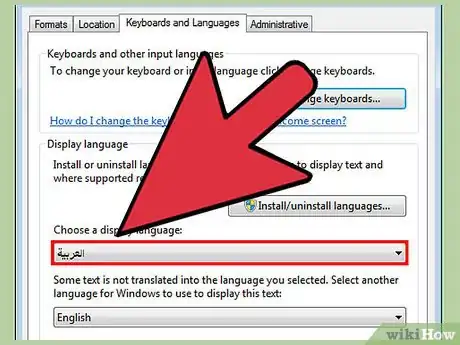


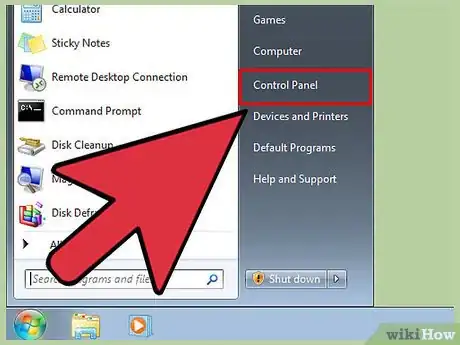

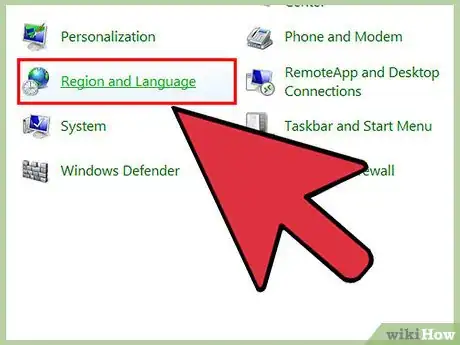
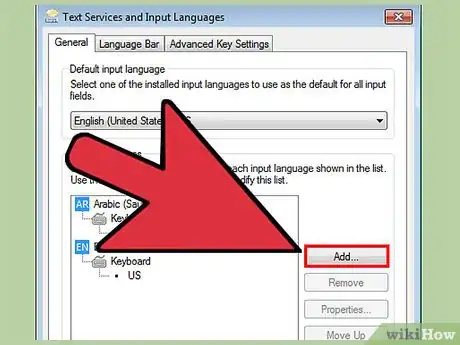



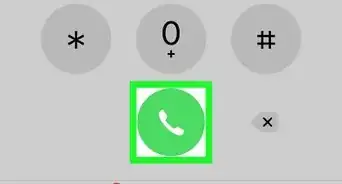
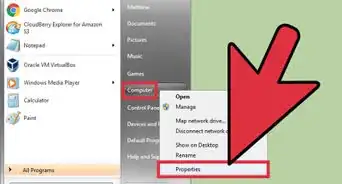
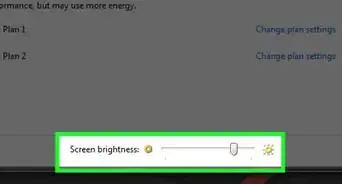
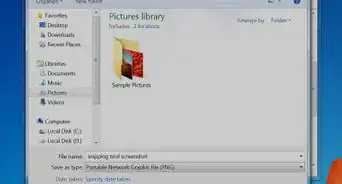
-Step-55-Version-2.webp)
